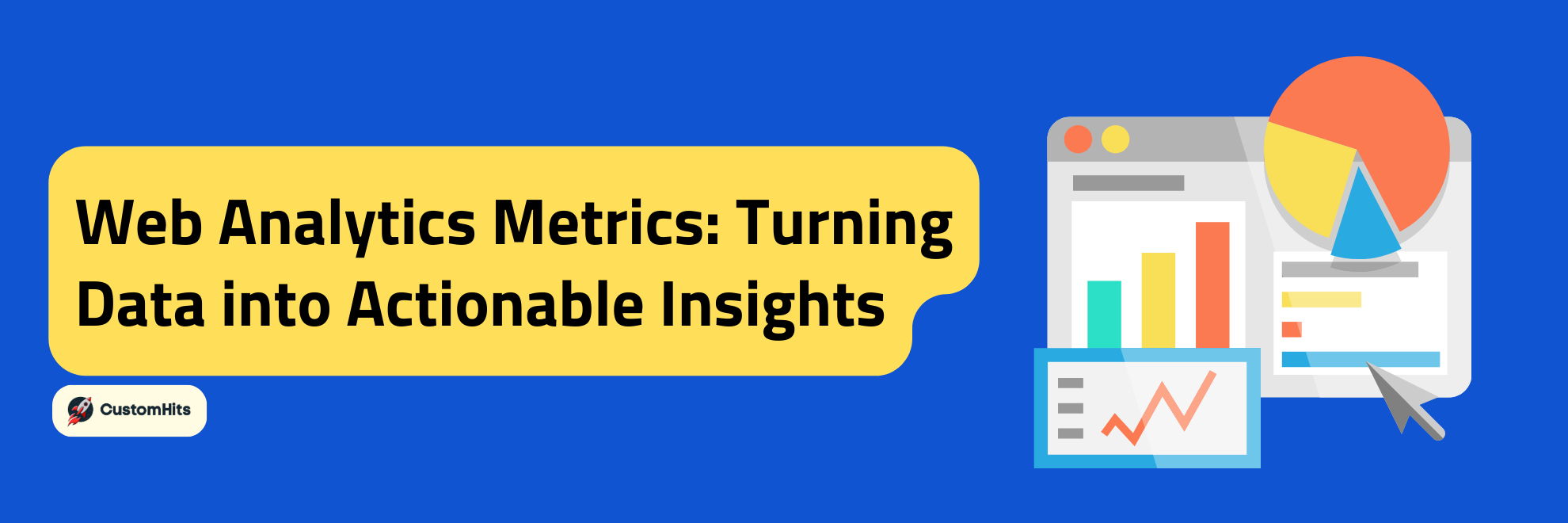

Overview
Content
In today’s data-driven world, web analytics is the compass that guides businesses toward success. Whether you’re a small e-commerce store or a multinational corporation, understanding user behavior, optimizing traffic sources, and improving conversion rates are essential for growth. Let’s explore the intricacies of web analytics and how you can turn data into actionable decisions.
1. Traffic Sources: Where Do Your Visitors Come From?
Understanding your traffic sources is like knowing where your customers enter your store. Here are some key insights:
- Organic Search: Visitors find you through search engines (e.g., Google, Bing). Optimize your SEO to attract more organic traffic.
- Direct Traffic: These users type your website URL directly into their browsers. It’s essential to have a memorable domain name.
- Referral Traffic: Visitors come from other websites (e.g., social media, partner sites). Build strong relationships with relevant platforms.
- Paid Search: Paid ads (e.g., Google Ads) drive traffic. Monitor your campaigns and adjust keywords for better results.
Actionable Steps:
- Regularly check your traffic sources in Google Analytics.
- Invest in SEO and monitor keyword rankings.
- Engage with your audience on social media platforms.
2. Bounce Rates: The Art of Keeping Visitors Engaged
Bounce rates measure the percentage of visitors who leave your site after viewing only one page. High bounce rates can signal issues:
- Slow Loading Times: Users lose patience if your site takes forever to load.
- Irrelevant Content: Ensure that your landing pages match users’ expectations.
- Poor User Experience: Cluttered layouts, confusing navigation, or intrusive pop-ups can drive visitors away.
Actionable Steps:
- Optimize your website’s speed (compress images, use caching).
- A/B test different headlines and content to reduce bounce rates.
- Improve user experience by simplifying navigation and decluttering pages.
3. Conversion Rates: Turning Visitors into Customers
Conversion rates measure how effectively your website converts visitors into customers. Here’s how to boost them:
- Clear CTAs (Call to Action): Make it crystal clear what action you want users to take (e.g., “Sign up now,” “Buy now”).
- Trust Signals: Display trust badges, customer reviews, and secure payment options.
- Simplify Forms: Lengthy forms scare users away. Ask for essential information only.
Actionable Steps:
- Analyze your conversion funnels in Google Analytics.
- Optimize landing pages for specific goals (e.g., sign-ups, purchases).
- Test different CTAs and monitor their impact on conversion rates.
4. User Behavior: Navigating the Digital Maze
Understanding how users interact with your site is like deciphering a treasure map. Key insights include:
- User Flow: Visualize the paths users take through your site. Identify drop-off points.
- Session Duration: Longer sessions indicate engagement. Short sessions may need improvement.
- Content Interactions: Which pages do users engage with the most? Create more of that content.
Actionable Steps:
- Use heatmaps to understand where users click and scroll.
- Optimize popular pages and improve weaker ones.
- Implement A/B testing to refine user experiences.
Tools for Effective Web Analytics
To measure these metrics, consider using the following tools:
-
Google Analytics: A robust and widely used platform that tracks website data, user interactions, and conversion rates. It offers detailed reports on traffic sources, audience demographics, and more.
-
Splunk: Known for its versatility, Splunk provides comprehensive insights into user behavior, performance, and security. It’s particularly useful for large-scale applications and complex data analysis.
-
Amplitude: Amplitude focuses on user behavior analytics. It helps you understand how users navigate your site, which features they engage with, and where they drop off. Use it to optimize user experiences.
Remember, actionable insights come from continuous monitoring and adaptation based on data.
In conclusion, web analytics isn’t just about numbers; it’s about understanding your audience, making informed decisions, and creating a seamless online experience. So, dive into your data, explore the insights, and steer your digital ship toward success!
